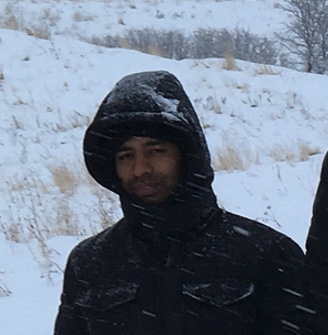EFD Lab in the News
Video Courtesy of KSL.com
March 3, 2015 - Large Eddy Simulation of Urban Areas for Microclimate
August 20, 2014 - Urban Heat Island in Salt Lake City interview
June 3, 2013 - Spring MATERHORN-X Field Campaign Press Release
December 10, 2012 - BLLAST Experiment Documentary
This is a documentary of the BLLAST experiment conducted in the Pyrénées of France during the summer of 2011. The experiment was a multi-national effort led by CNRS. The EFD Team participated in the project by deploying instruments for turbulent flux measurements as well as tethered balloon meteorological measurement.
June 26, 2012 - NVIDIA CUDA Spotlight
Computer Science researchers at the University of Minnesota, Duluth and EFD Lab the University of Utah Collaborate to create state of the art Green Infrastructure simulations on Graphics Processing Units (GPUs).
June 23, 2009 - Virtual Treadmill story on KSL news.
The full scale virtual Treadport Active Wind-Tunnel (TPAWT) becomes a reality.
June 22, 2009 - Virtual Treadmill story in the Desert News
June 30, 2008 - Urban Heat Island story on KSL news
This story discusses the urban heat island (UHI) in Salt Lake City. This is an important area of research for our research group over the last five years.
July 6, 2006 - SCERP snow fence research
This story describes a project to fight fugitive dust in arid environments. It is part of a binational (US/Mexico) research project funded by the Southwest Consortium for Environmental Research and Policy (SCERP)


